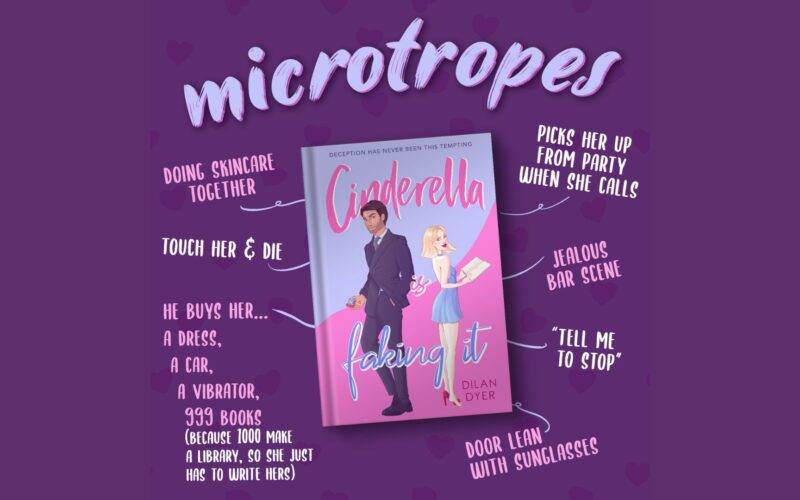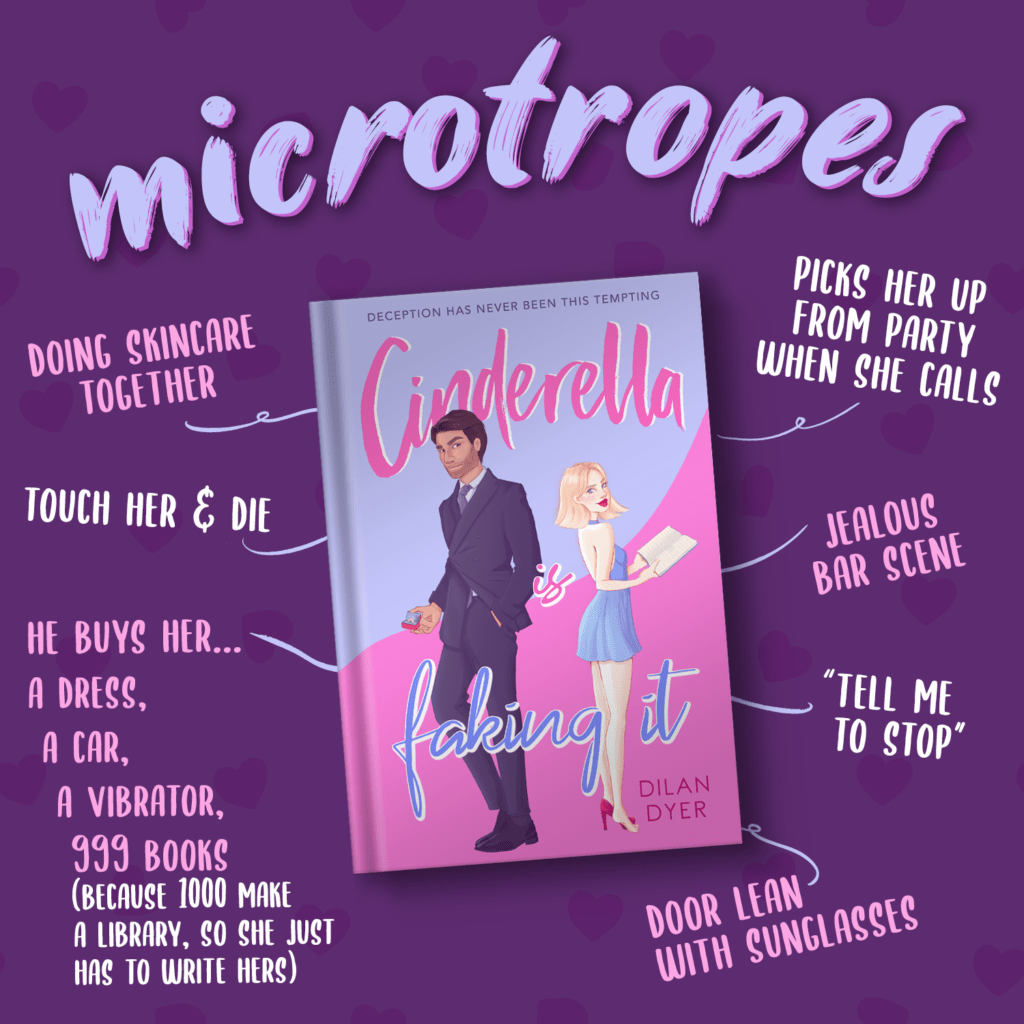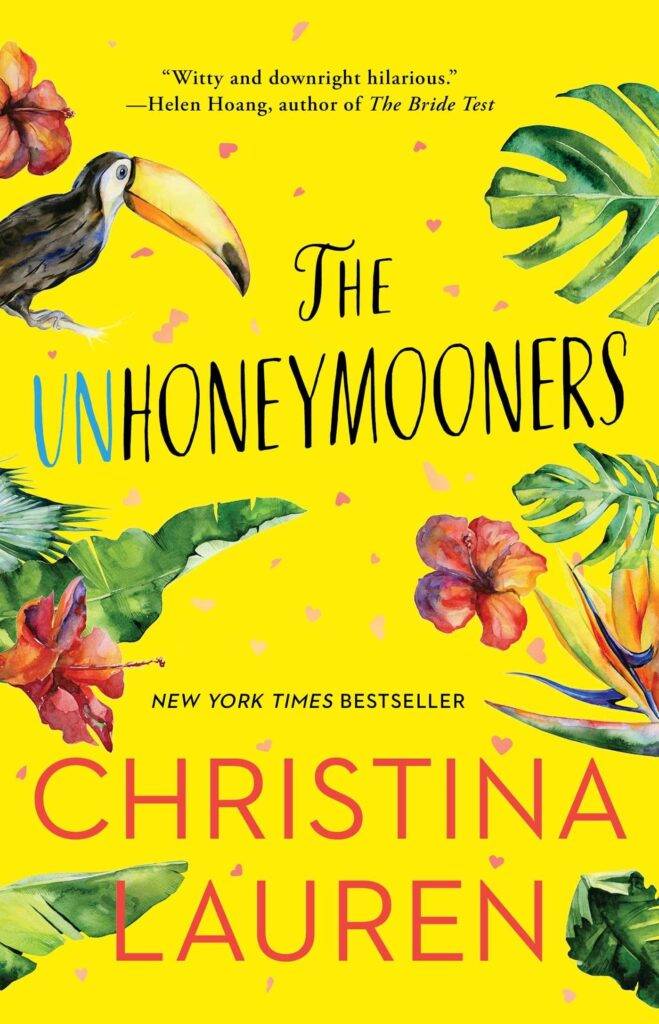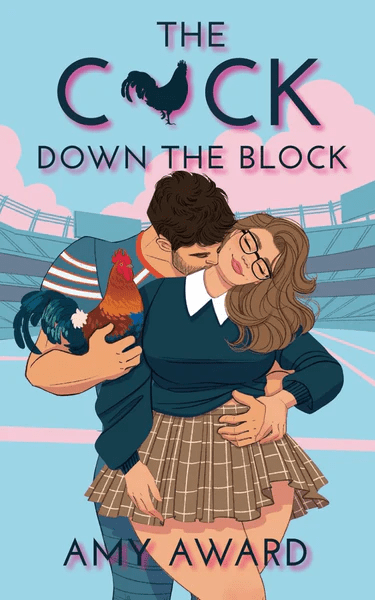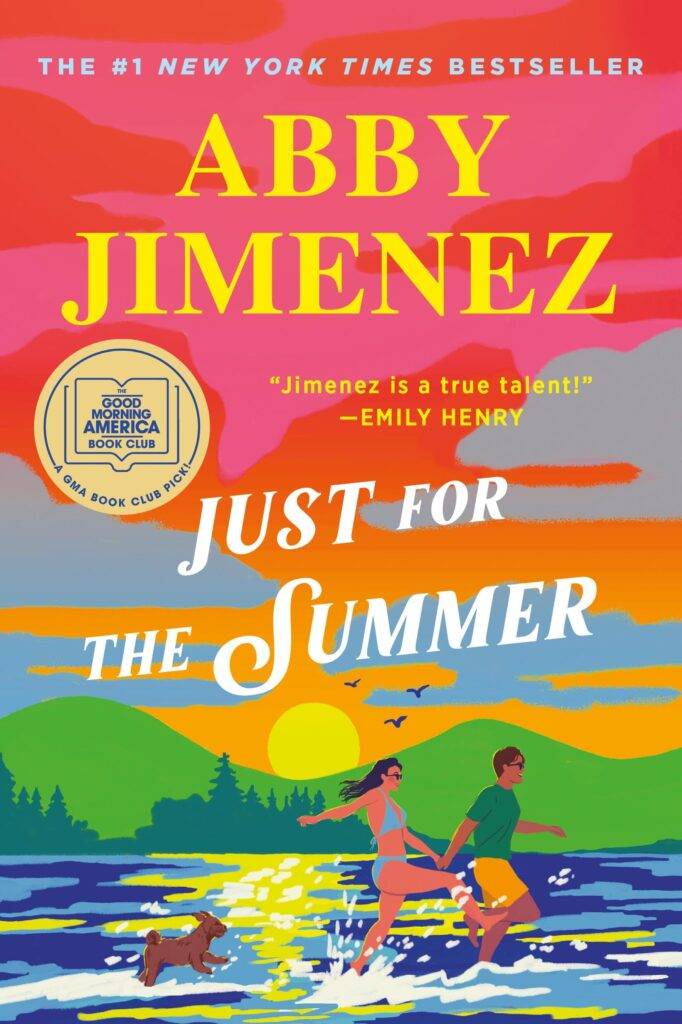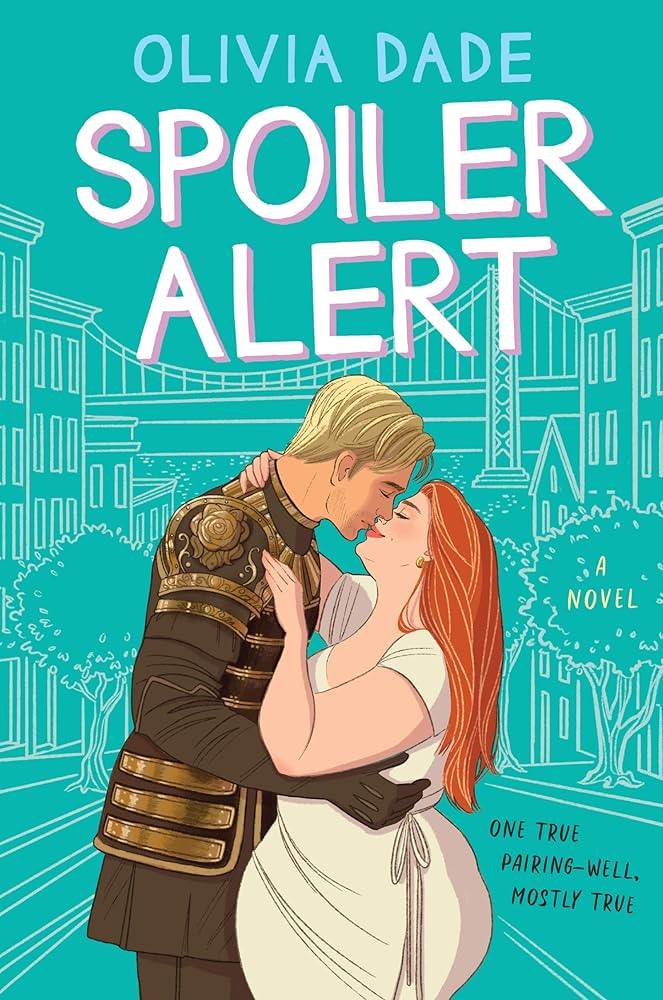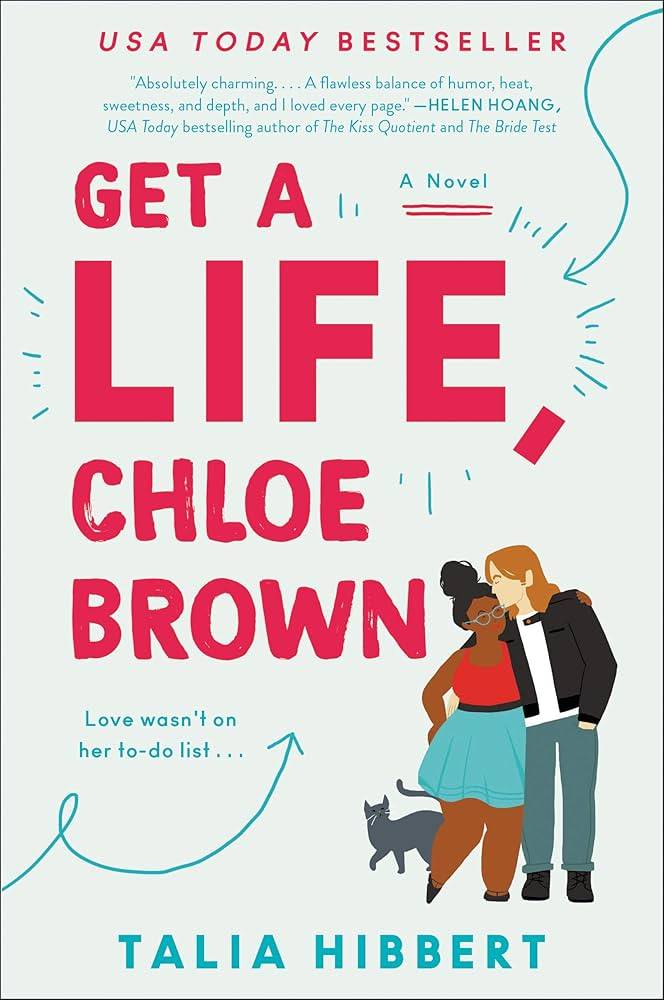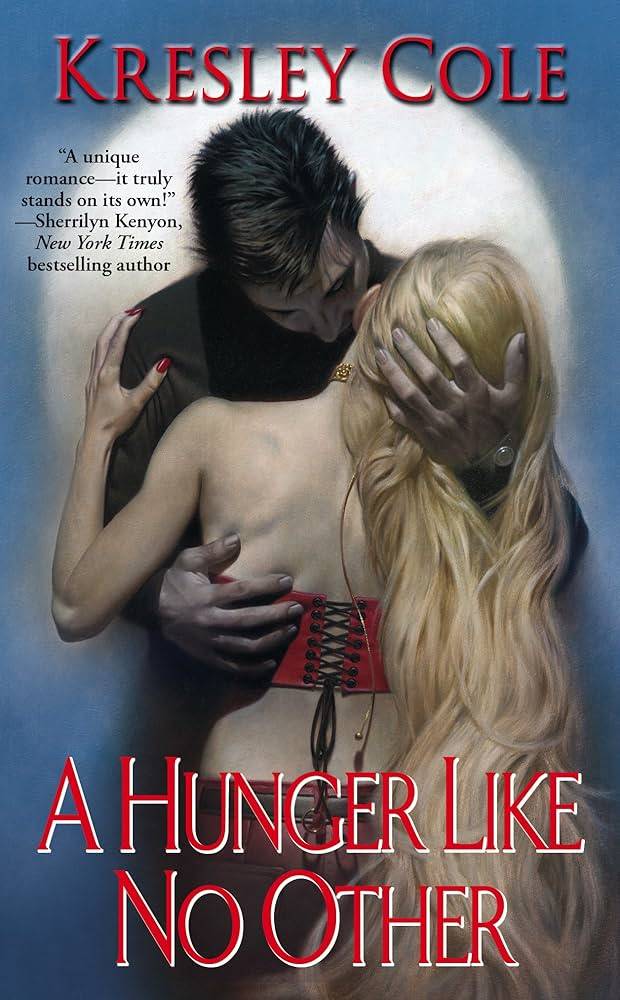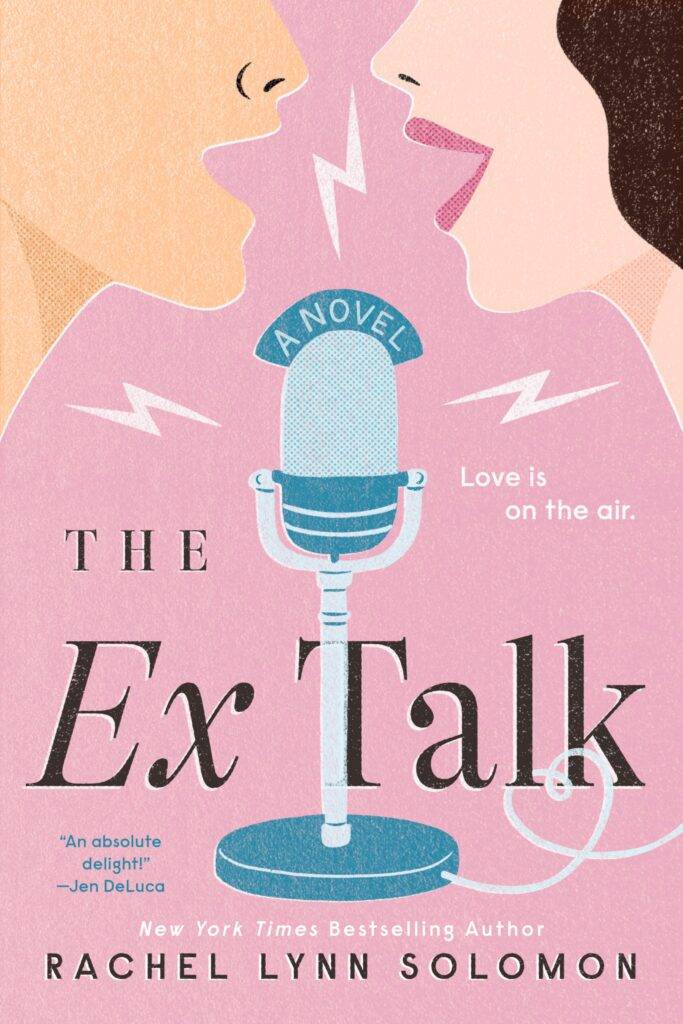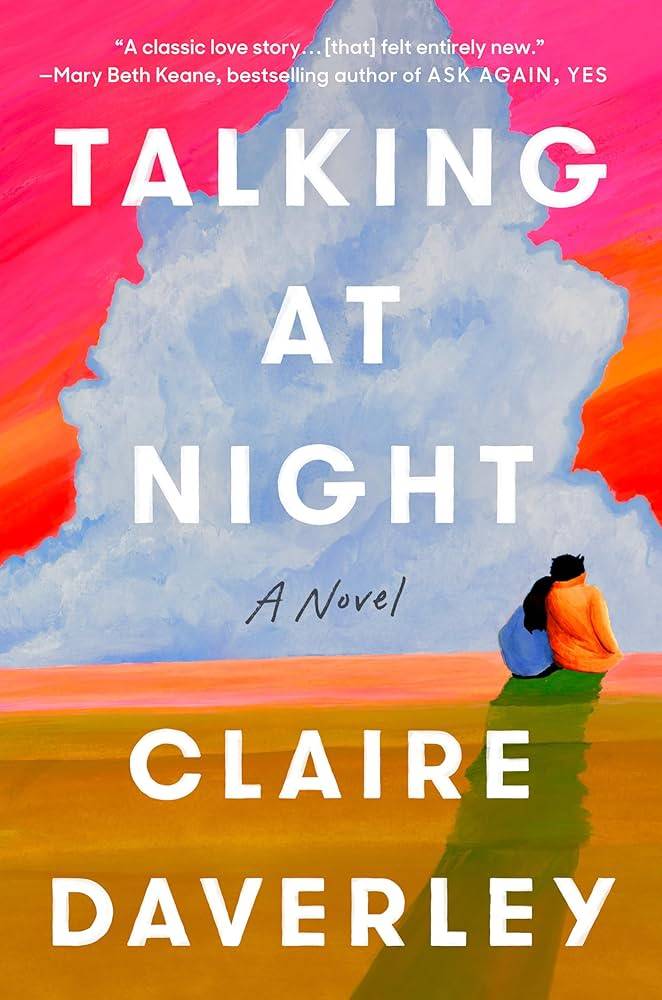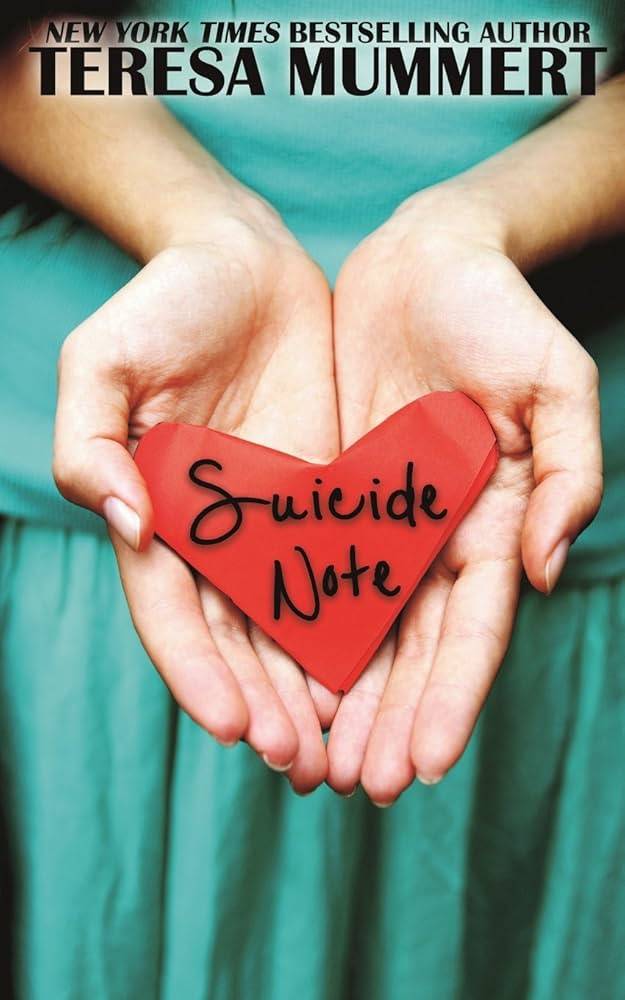From enemies to lovers and grumpy/sunshine to second chance and fake dating, there is no shortage of tropes in romance. However, there exist some elements in romance novels that are recurring enough that everyone thinks they are tropes. But, plot twist, they don’t exactly fall under that umbrella.
For instance, the MMC crosses his arms while leaning against the wall, or the FMC tends to her love interest’s wounds. It is clear that these are not substantial enough to be a plot device… but they do give readers butterflies. Well, that’s the job of microtropes!
What Are Microtropes In Romance?
If tropes lend the story an overarching structure, then microtropes are building blocks for emotional connection and chemistry within that trope. They’re not enough to actually carry the entire story. However, microtropes in romance can make the protagonists grow closer, ultimately helping their relationship advance to the next level.
For instance, every other romance-devourer is aware of the classic scenario where the protagonists have to share one bed. Well, this ‘there’s only one bed’ is actually a microtrope! Evidently, romance novels can’t be based on just this one scene, as is the case with tropes. But its presence allows the protagonists to either face their feelings or confess to the other.
Microtropes, as their name suggests, can hide behind the words so easily that many readers could miss them. However, as books have started occupying the digital world, people can pinpoint them quickly because of informative blurbs, tags, and trigger warnings.
9 Favourite Romance Microtropes Of All Time!
Romance authors are always experimenting with the way they write love stories. In the process, readers get blessed with microtropes that you wouldn’t even think as appealing… till you read it. If you are unsure about how to identify these little buggers, here is a fun microtropes list for you to peruse!
-
There Was Only One Bed:
This microtrope has so much tension-packed in it! It’s when the main characters are left to spend their night in the last available hotel room, which has, you guessed it, only one bed. The catch? The protagonists are either in denial or actually hate each other (with lots of sexual tension, of course).
This could branch out as one gets the bed while the other sleeps on the couch or floor. But before the sun rises, they are in bed together. Cue moments of weakness, almost kisses, followed by embarrassment and awkwardness.
If subverted, this microtrope becomes ‘too many beds’, which is especially funny if the protagonists are trying to woo each other!
Examples: The Love Hypothesis (Ali Hazelwood), The Unhoneymooners (Christina Lauren), Best Enemies Forever (Olivia Hayle)
-
Inconvenient Boner:
This microtrope has one of the main characters sporting an erection in the other protagonist’s presence. Generally, they’re in an awkward situation, like moving in a tiny space, lifting the other up, or feeling lust in a formal setting. So, when they accidentally touch, the MMC pops a boner that is painfully inconvenient for them but hilarious for readers.
On top of being funny, it also makes the readers go ‘aw’, as it basically confirms how MMC is so in love that he’s unable to control himself.
Examples: The C*ck Down the Block (Amy Award), Chase Me (Tessa Bailey), You Deserve Each Other (Sarah Hogle)
-
Forehead Kisses:
Forehead kisses are a pretty self-explanatory microtrope. It’s where one protagonist, usually a man, plants a kiss on their love interest’s forehead. Romance authors usually write in this action during vulnerable moments, domestic scenes or as a declaration of unspoken admiration. This seemingly simple gesture practically shouts out the intimacy, trust, and affection between the protagonists without actually talking about it.
This microtrope can also cover neck and cheek kisses… well, basically anywhere but the lips. And an added side effect on the readers is sudden giggling and kicking feet!
Examples: Just for the Summer (Abby Jimenez), An Enchanting Case of Spirits (Melissa Holtz), Ink (Lizzy Hunter)
-
Keepsake Memories:
Keepsakes as a microtrope is really sweet. It’s where one of the main characters holds on to mementoes to keep themselves tied to the person in those memories. Then those could be photos, letters, accessories, or even a movie ticket stub.
This microtrope can branch out in two ways, inviting either pure love or nostalgia-infused heartbreak. For instance, if one of the main characters finds out the other has been keeping the memories of their past lover, it can lead to pain and hurt. However, if the keepsakes actually turn out to be of the love interest, it pushes them to confront and confess.
Examples: Spoiler Alert (Olivia Dade), Black Ties and White Lies (Kat Singleton), Entangled (Rebecca Quinn)
-
Sick X Caretaker:
This microtrope takes ‘in sickness and in health’ very seriously – and it’s endearing to see it unfold! Here, one of the protagonists, usually the independent, self-reliant one, falls sick. They pretend they’re fine, that they don’t need help. However, as soon as their love interest finds out, they practically bulldoze into being their caregiver.
A common subversion is when the love interest takes care of the drunk protagonist. In both these scenarios, the high from pain meds – or alcohol – makes the character blurt out their true feelings, leaving the other stunned.
The sick one is vulnerable; the caretaker is so much in love – and the readers? Excited to see how this brings the pair closer!
Examples: Twist (Lucia Franco), The Hating Game (Sally Thorne), Get A Life, Chloe Brown (Talia Hibbert)
-
Virgin Protagonist:
If we talk about the popular examples from the microtropes list, it has to be the virgin protagonist. Here, one of the main characters has little to no sexual experience and has recently gotten together with their love interest. They are nervous about performing ‘poorly’ on their first time. Bonus points if their love interest has had their fair share of flings.
This microtrope is perfect for exploring the characters’ insecurities, especially sexually, and letting them come to a conclusion favourable for both. Moreover, the more experienced character becomes their guiding partner in bed… and it’s incredibly sexy.
Examples: Caressed by Ice (Nalini Singh), A Hunger Like No Other (Kresley Cole), Twilight Series (Stephenie Meyer)
-
Doorway/Doorframe Lean:
You’ve not only read but actually seen the sexy doorway leans book heroes do (everyone say, thank you, BookTok). It’s where one of the characters – usually the MMC – leans against the doorframe casually while in a conversation with their love interest. The pose itself makes the FMC trail off, gulp in panic and drool while thinking ‘so hot’.
The actions make the MMC come across as confident, charming and definitely falling-in-love-worthy material – in both FMC’s and readers’ eyes. Bonus points if the doorway lean is paired with an eyebrow lift.
Examples: The Ex Talk (Rachel Lynn Solomon), Archer’s Voice (Mia Sheridan), The Sharing Life (Lois McMaster Bujold)
-
Late-Night Conversations:
Late-night conversations are such a staple in real-life relationships that they’ve managed to trickle into romance novels. It usually appears during the dating phase, when the protagonists are still getting to know each other. This microtrope helps them communicate their dreams, fears, and secrets that might have never seen the daylight. And lets the readers peek into how well they’d fit in together.
This microtrope has recently been modified into facetiming, where the protagonists talk, blush and, sometimes, get their freak on. But no matter the communication mode – phone calls, texting, facetime, or in-person – the bubble it creates is unbelievably soft, emotional, and butterflies-inducing.
Examples: Talking at Night (Claire Daverley), Late Night Talking (Leslie Schnur), Red, White, & Royal Blue (Casey McQuiston)
-
First Nickname Slip:
Imagine your favourite characters have recently started dating, and one of them calls the other baby. You see them stepping back in surprise before blushing and kissing the hell out of the other. That’s how the accidental term of endearment slip functions as a microtrope!
Out of all included in the microtropes list, this one comes across as really insignificant. Understandably, it’s a “what? It’s just a word!” moment. Symbolically, though, its presence sheds the formal barriers between the protagonists, allowing their love to bloom even more intimately.
However, it doesn’t always have to be baby, love, or petal. Many romance heroes/heroines also opt for teasing and playful nicknames or something unique to suit the protagonist’s personality.
Examples: Suicide Note/The Note (Teresa Mummert), Wicked Sexy Liar (Christina Lauren), Mystery Man (Kristen Ashley)
Final Words
If the novel appears as a drama on stage, then microtropes are definitely the ones working behind the scenes to hold the story together. Their fleeting but highly nuanced nature breathes life into the blooming romance of the protagonists, which otherwise could’ve been lacklustre.
Moreover, there’s something humanizing about their presence; microtropes make the story, the characters and their relationship completely realistic and believable. May it be vulnerable Facetime or keepsake memories, microtropes are bound to evoke strong emotions in you that’ll linger till the last page.
Ultimately, the microtropes’ presence can be explained as ‘it’s the little things that count’ and it’d make perfect sense!

